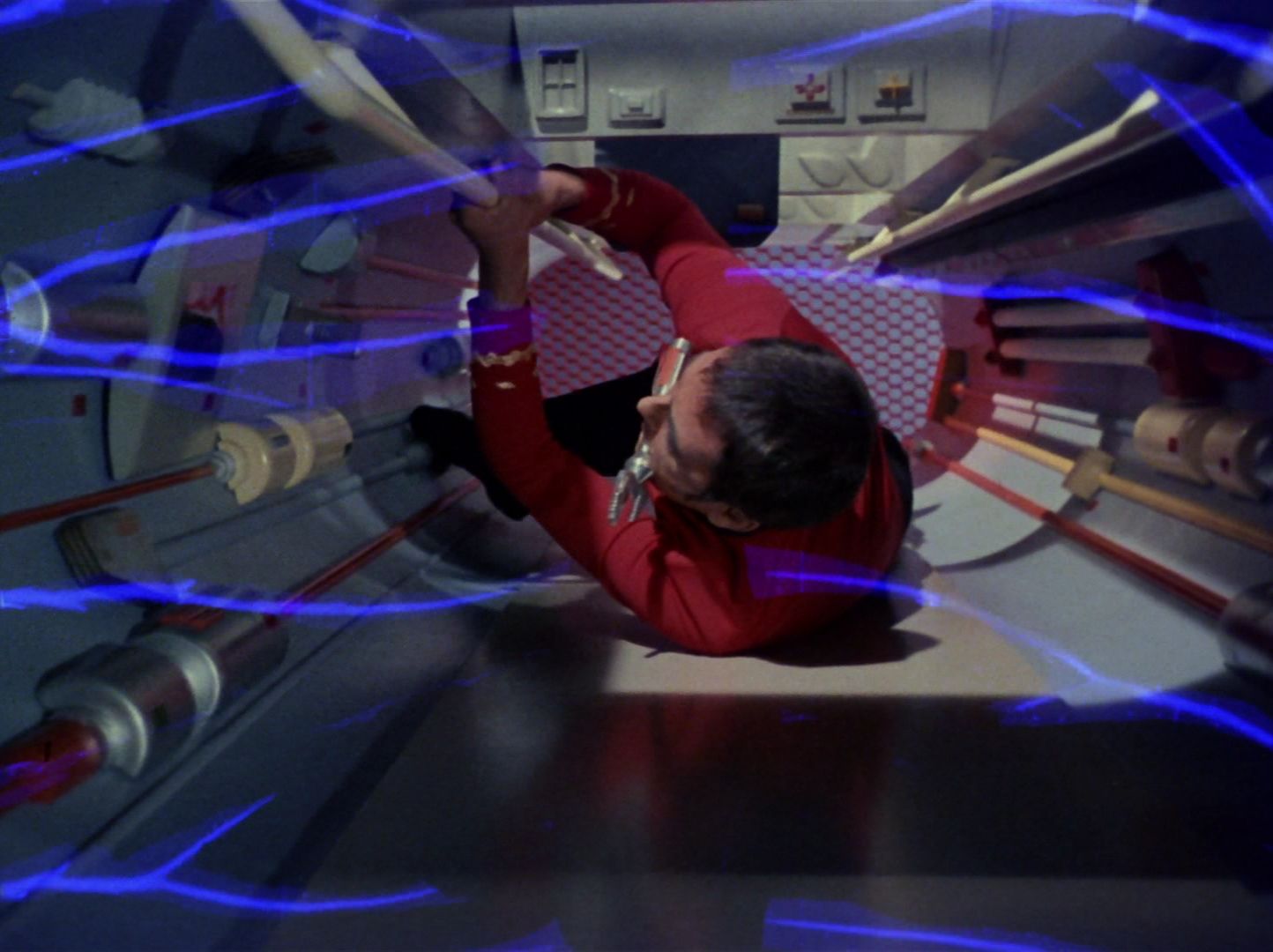- Joined
- Dec 27, 2019
- Messages
- 6,588
- Likes
- 12,758
a couple days ago the scan button on my radio captured a weak station on the am band. It's a cool station, plays a lot of stuff from the 40's and 50's. Problem is, whenever I get near powerlines the station takes a hit. Static and fade.
Why is am so affected by powerlines?
And no. Google is not my friend. It's not anybody's friend. I don't care enough to spend two hours researching radio trivia when one of you guy can tell me all I need to know in less than a minute.
Why is am so affected by powerlines?
And no. Google is not my friend. It's not anybody's friend. I don't care enough to spend two hours researching radio trivia when one of you guy can tell me all I need to know in less than a minute.

